The Great Unfolding: Tomorrow's Contrasting Weather Chapters Across America
Tomorrow's US weather: Extreme heat grips the South, while severe storms threaten the Plains. Unpack the contrasting forecasts, the approaching relief, and vital safety advice.
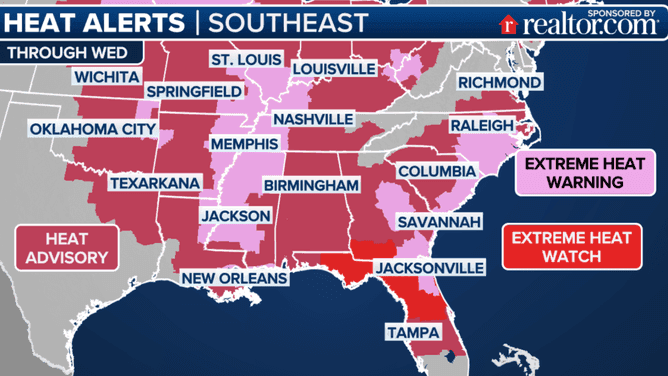
The Enduring Inferno: Where Heat Holds Firm
Tomorrow, a relentless heatwave continues to grip the eastern half of the , placing over 185 million people under various warnings. The remains the epicenter of this extreme heat, with areas from the through , including parts of , bracing for heat index values soaring between a dangerous 105 and 113 degrees Fahrenheit. This isn't just about high daytime temperatures; the nights offer little reprieve, with overnight lows often struggling to dip below the 70s, making round-the-clock discomfort a serious health concern. Further west, the valley and central plains face an even more perilous scenario, where the combination of triple-digit actual temperatures and dense humidity could push heat indices to an astonishing 120F. Major metropolitan areas like , , and , along with , , and , are caught in this oppressive grip, experiencing actual air temperatures in the upper 90s and low 100s, while the 'feels like' temperature remains stubbornly high, posing a significant threat to public health.
Storms' Fury and Flood Risks: The Unstable Plains to the Northeast
While much of the East endures a suffocating heat dome, a dramatically different weather narrative is unfolding across the nation's heartland and is poised to impact the . The , particularly the northern and central regions, are bracing for a day of aggressive storm systems. Following Monday's more than 200 storm reports and numerous high-wind events across the and , Tuesday sees an estimated 4 million people facing the risk of severe weather. These dynamic systems are not just about intense winds; they carry the dual threats of damaging hail and isolated tornadoes, demanding heightened vigilance. Compounding this volatile mix, the and are under a significant flood risk, with rainfall rates projected to reach up to two inches per hour, quickly overwhelming drainage systems. By Thursday, this instability is expected to shift eastward, putting the and on alert for potential urban flash flooding as thunderstorms track through densely populated areas, a stark contrast to the parched, sweltering conditions elsewhere.

The Shifting Front: When and Where Relief Arrives
The relentless summer heat, while persistent for many, is finally poised for a challenging retreat in some regions, thanks to an anticipated cold front. For the and , a much-needed temperature drop of up to 20 degrees is forecast to arrive by Thursday, ushering in a noticeable shift in atmospheric comfort. However, the and will need to exercise a bit more patience, as significant heat relief isn't expected until Friday. When this cold front does slowly advance into these southern and eastern regions, it promises not only cooler temperatures but also an increased chance of rain, a welcome sight for some, but a potential flood risk for others, as highlighted previously. This complex interplay of weather systems means that while a strong cold front from will begin to break the heat in some areas as early as Wednesday night, bringing in cooler, drier air, large swathes of the Southern Plains to will continue to experience extreme heat through tomorrow, with record temperatures likely in the Northeast and , including cities like , , , and .
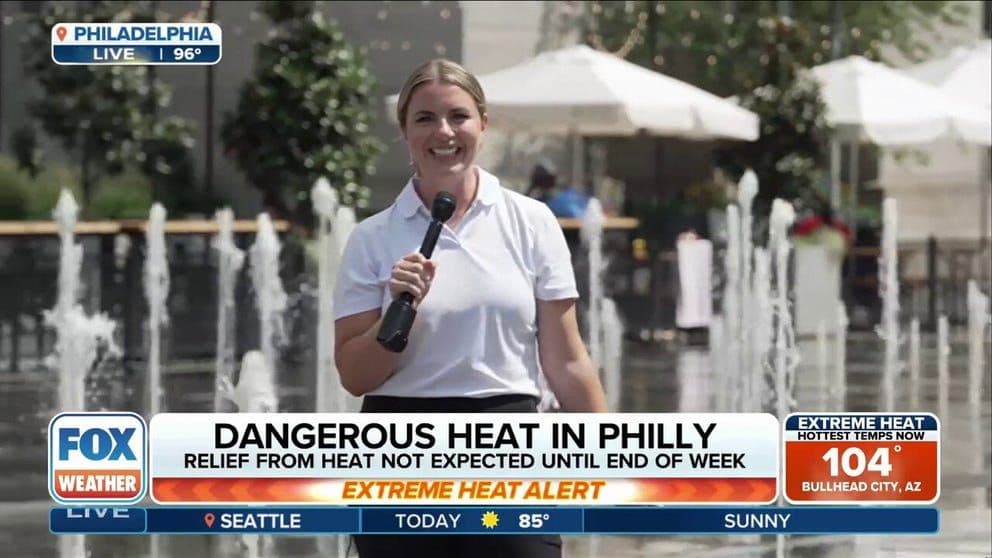
Navigating Extremes: Staying Safe in Tomorrow's Forecast
As tomorrow's weather tapestry weaves together threads of extreme heat, severe storms, and localized flooding, navigating these diverse conditions requires proactive steps and regional awareness. With over 150 million people under heat alerts, and record temperatures expected in the and , staying hydrated, seeking air-conditioned environments, and limiting outdoor exposure, especially during peak heat hours, are paramount. For those in areas under air quality alerts, from to , including , it’s crucial for sensitive groups to minimize time outdoors. Meanwhile, residents in the facing severe storm risks should monitor local forecasts closely, be prepared for damaging winds, hail, and potential tornadoes, and know their safe spaces. The threat of flash flooding, particularly in the , , and later in the week for the and urban centers, demands caution around inundated roadways and low-lying areas. From residents waking before dawn to beat the heat to locals finding little solace even near splash pads, tomorrow calls for vigilance and adaptation.

Beyond the Thermometer: Unpacking the Human Impact
Tomorrow's forecast isn't just about numbers on a screen; it’s a tangible illustration of the profound human impact of extreme weather. Excessive heat, already identified by as the leading cause of weather-related deaths in the U.S., exacerbates vulnerabilities for specific populations. Consider migrants, prisoners, or schoolchildren in under-cooled buildings – for them, rising temperatures aren't just uncomfortable; they compound existing burdens and become a matter of life and death. The sheer scale of people affected, with over 160 million under heat warnings or advisories stretching from to and west through the and , underscores a widespread public health crisis. While no single event is solely attributable to climate change, the increasing frequency and intensity of such extreme weather incidents align with a warming world. This ongoing challenge is further complicated by systemic issues, such as understaffing in crucial agencies, which hinder the nation's capacity to effectively respond to and mitigate these escalating threats, highlighting a critical need for sustained investment in preparedness and public safety.
Related Articles
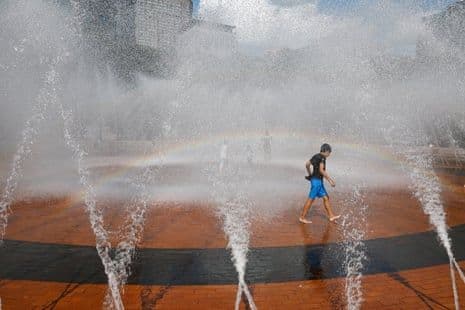
America's Invisible Inferno: Confronting the Silent Summer Killer

America's Invisible Inferno: Confronting the Silent Summer Killer
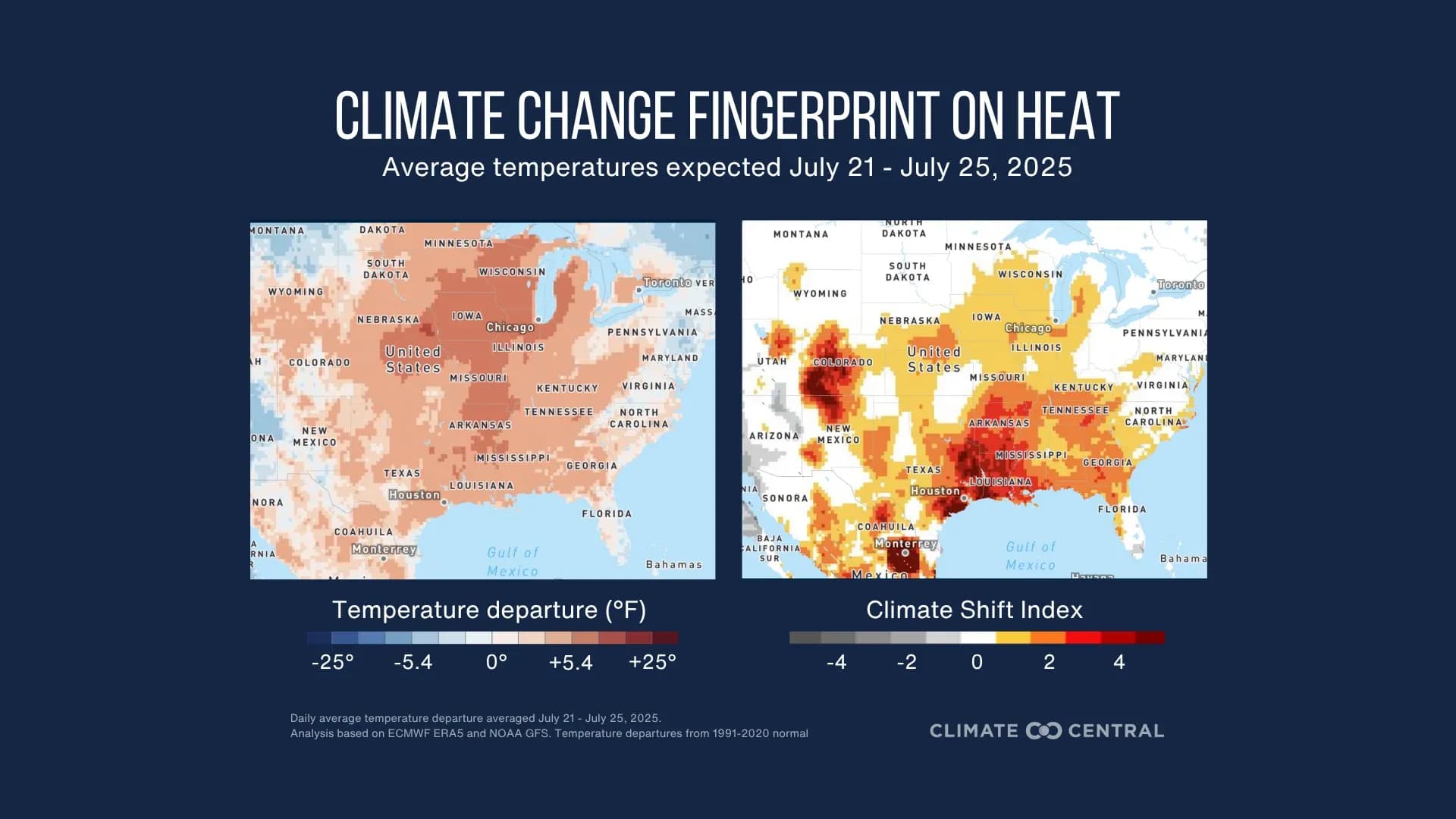
The Enduring Burn: Unmasking Climate's Mark on America's Hottest Days

The Enduring Burn: Unmasking Climate's Mark on America's Hottest Days
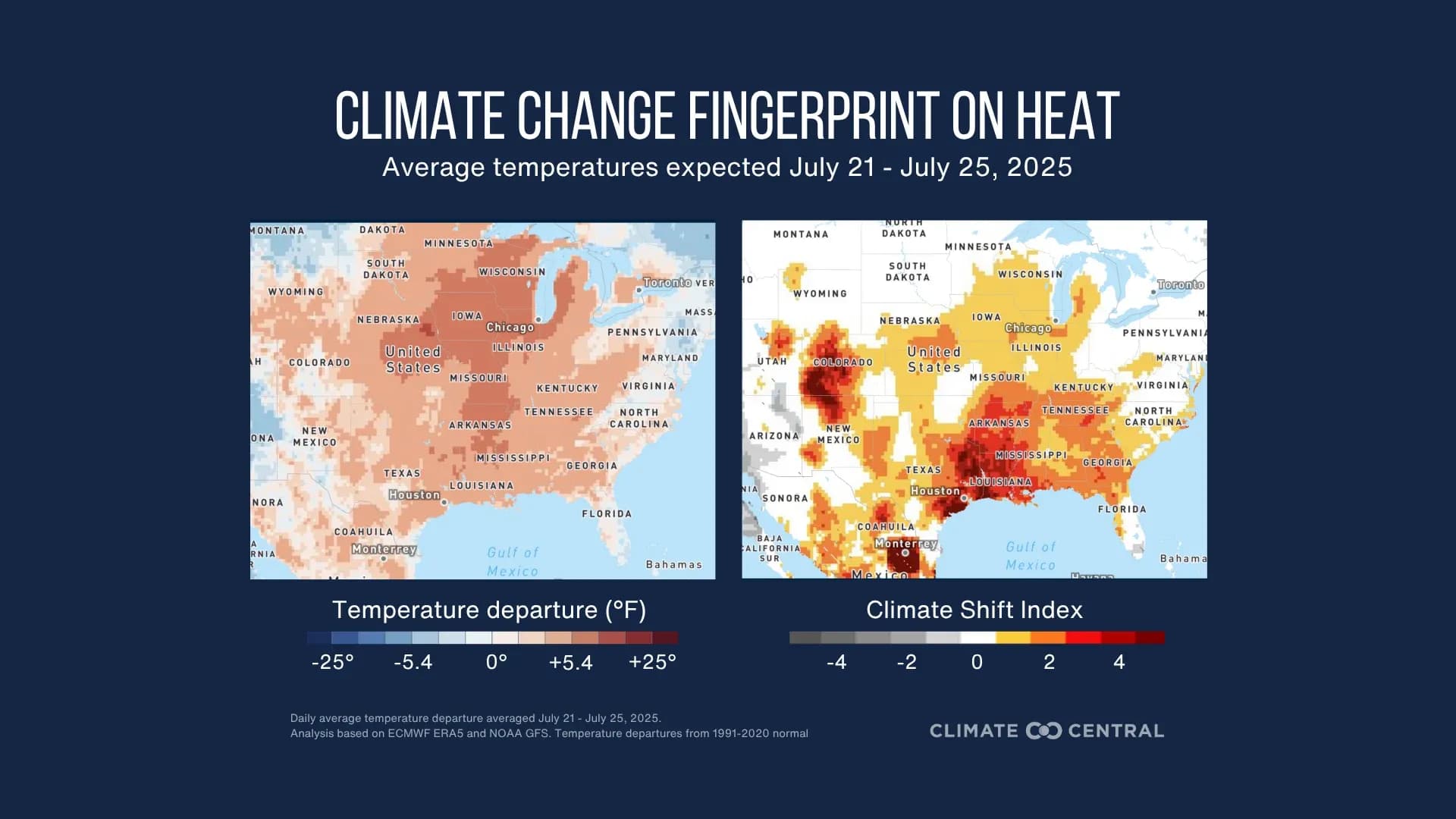
Unpacking Summer's Fiery Future: How Climate Change Rewrites the Rules of Heat

Unpacking Summer's Fiery Future: How Climate Change Rewrites the Rules of Heat

The Climate Crucible: Unpacking the New Era of Extreme Summer Heat
